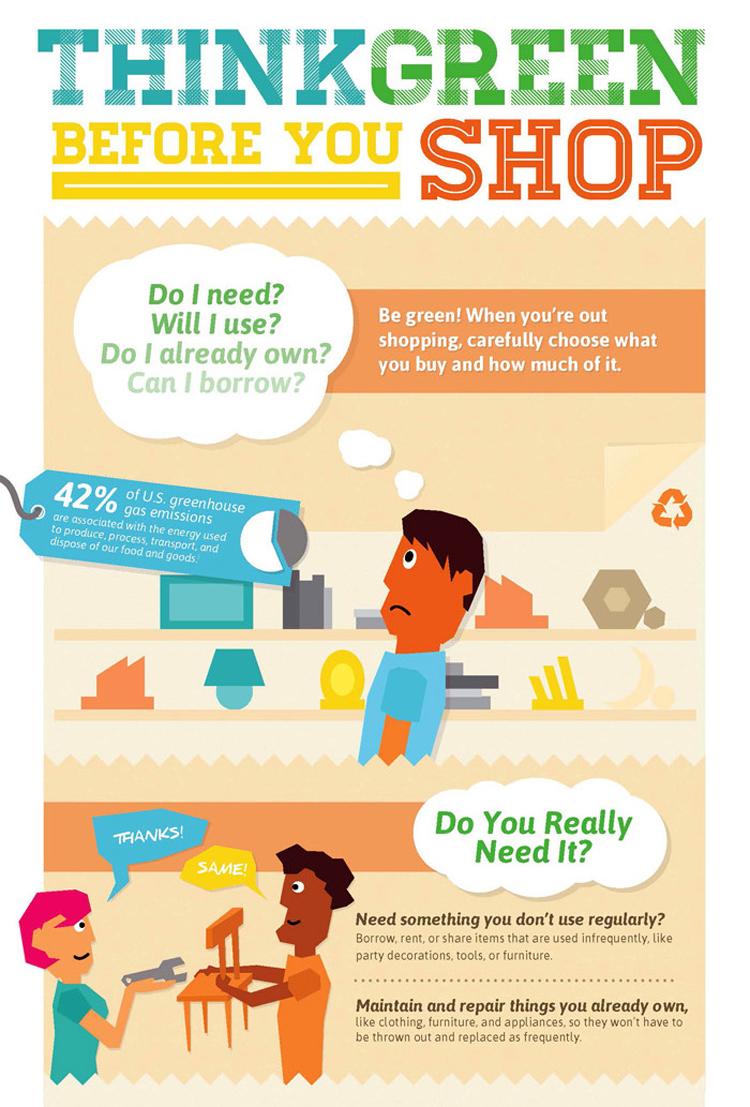
The most effective way to reduce waste is to not create it in the first place. Making a new product emits greenhouse gases that contribute to climate change and requires a lot of materials and energy - raw materials must be extracted from the earth, and the product must be fabricated then transported to wherever it will be sold. As a result, reduction and reuse are the most effective ways you can save natural resources, protect the environment and save money.
Benefits of Reducing and Reusing
- Reduces greenhouse gas emissions that contribute to climate change.
- Prevents pollution caused by reducing the need to harvest new raw materials.
- Saves energy.
- Reduces greenhouse gas emissions that contribute to global climate change.
- Helps sustain the environment for future generations.
- Reduces the amount of waste that will need to be recycled or sent to landfills and incinerators.
- Allows products to be used to their fullest extent.
- Saves money.
Ideas on How to Reduce and Reuse
Think Green Before You Shop reduce associated greenhouse gas emissions by thinking green when you shop.

Reduce your food waste by shopping smart, buying what you need, composting food scraps, and donating unused food to food banks or shelters. More ways to reduce your impact.

Reuse or repurpose items such as old clothing, cloth grocery bags, and containers to prevent waste.

Buy used items to reduce waste as well as the emissions created by producing new materials or disposing of them in landfills. Donate unused clothing, electronics and building materials to make sure others can reuse them too!
Buy products made with recycled content. Check labels to see if a product or its packaging is made from recycled materials.

Know before you throw. Know what items your local recycling program collects and encourage your household to recycle right and recycle more.
Learn about what else you can do at home, at school, at work and in your community!

Maintain and repair products, like clothing, tires and appliances, so that they won't have to be thrown out and replaced as frequently.

Borrow, rent or share items that are used infrequently, like party decorations, tools or furniture.
Donation

One person's trash is another person's treasure. Instead of discarding unwanted appliances, tools or clothes, try selling or donating them. Not only will you be reducing waste, you'll be helping others. Local churches, community centers, thrift stores, schools and nonprofit organizations may accept a variety of donated items, including used books, working electronics and unneeded furniture.
Benefits of Donation
- Prevents usable goods from going into landfills
- Helps your community and those in need
- Tax benefits may be available
Sources:
- All photos used in this blogpost are sourced from the internet, and the rights belong to their respective owners
- Reducing and Reusing Basics | US EPA. (2024, April 10). US EPA. https://www.epa.gov/recycle/reducing-and-reusing-basics


